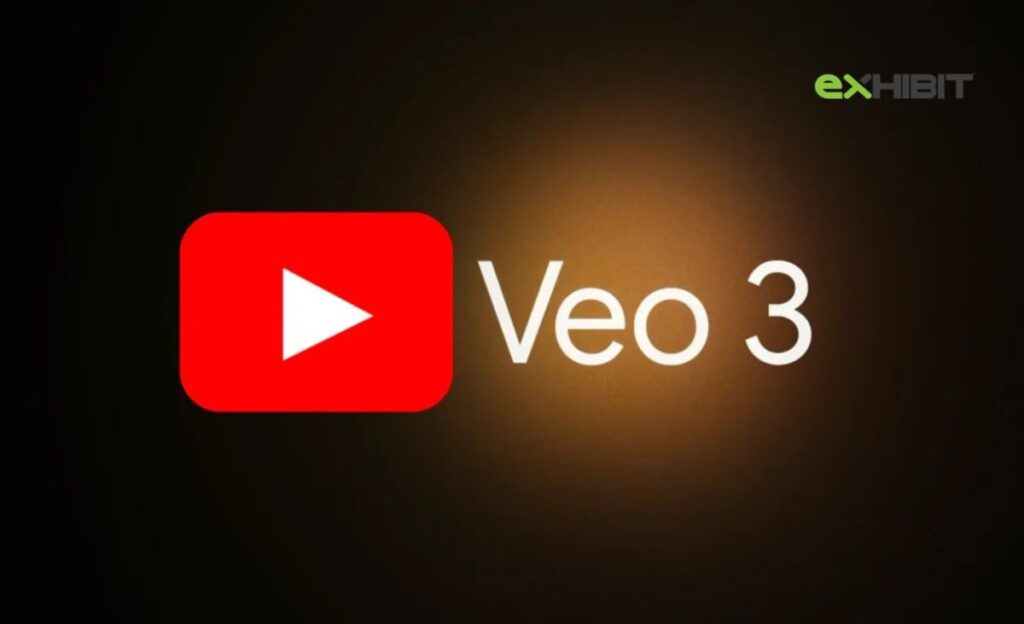Google is preparing to launch its most advanced AI video generation tool, Veo 3, directly on YouTube Shorts. This move reflects Google’s growing investment in AI-generated content and its goal to seamlessly integrate this technology into the mainstream YouTube experience.
What Is Veo 3?
Veo 3 is Google’s most powerful AI video model to date. It can generate highly realistic videos from just text prompts. In many demonstrations, Veo 3’s output is nearly indistinguishable from real, human-recorded footage. From lifelike environments to smooth, cinematic camera motion, the results are groundbreaking and visually stunning.
AI Video Creation for Everyone
With Veo 3 becoming part of YouTube Shorts, Google aims to make short-form video creation easier and more accessible using AI. While it’s unclear whether Veo 3 will be built into YouTube’s native creation tools or offered as an additional feature, one thing is certain: AI-generated Shorts will be treated as a distinct content category on the platform.
Empowering Creators with AI Tools
This development opens up new opportunities for content creators, especially those who lack expensive hardware or professional video editing software. With Veo 3, creators could generate professional-quality visuals and compelling stories with just a few clicks.
However, this innovation raises key questions. Can AI-generated videos be monetized? How will YouTube ensure that these videos adhere to its community guidelines and content standards? Google has yet to provide answers, but these are critical issues that need to be addressed before Veo 3 fully launches later this summer.
Also Read: Sachin Tendulkar Joins Reddit as New Brand Ambassador
Potential Features and Future Integration
There’s also speculation that this update could build on Veo’s existing capabilities such as generating background scenes, adding dynamic visual effects, or enhancing video storytelling. When paired with tools like Auto Dubbing, which automatically translates video content into multiple languages, Veo 3 could make YouTube content creation even more scalable and globally inclusive.
This is especially promising for multilingual regions like India, where creators aim to reach broader audiences without language or technical limitations.
Conclusion:
Google’s Veo 3 on YouTube Shorts marks a major step forward in AI-driven video creation. It promises to democratize content production and expand creative potential but its true impact will depend on how responsibly and inclusively it’s implemented.


